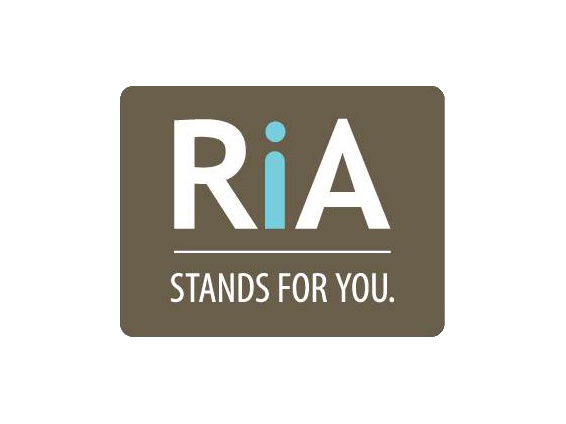Higher Income, Higher Taxes
/A tax bracket is the range of taxable income taxed at given rates, based on filing status (single filer, married filing jointly, married filing separately, etc.). Most likely to be misunderstood is the tax bracket where one ends up is not used to tax all taxable income. It is a tiered tax system which assigns the tax rate paid for each level of taxable income.
For the tax year 2025, there are seven federal tax brackets with income tax rates of 10%, 12%, 22%, 24%, 32%, 35%, and 37%. As taxable income rises, the taxpayer enters higher tax brackets, layer by layer. As a married couple filing jointly, the first $23,850 is taxed at 10%; $23,851 to $96,950 is taxed at 12%; $96,951 to $206,700 is taxed at 22%; $206,701 to $394,600 is taxed at 24% and it continues up the brackets as income rises until the top 37% tax bracket is anything above $751,600 of taxable income. Even though the tax rates of each bracket may remain the same, the range of taxable income in each bracket usually increases each year, meaning more taxable income is subject to the lower tax rates. For instance, in 2024 the 10% bracket reached $23,200, rather than $23,850 for 2025.
Sounds simple. However, if the taxpayer has long-term capital gains from sales of investments, qualified dividends, or capital gain distributions from mutual funds, a separate set of tax brackets with lower rates apply. It can get relatively complicated.
In our tax practice, there are three worksheets we often refer to when clients ask how their tax is calculated. Each shows the key elements used to calculate the actual tax. First is the Tax Return Comparison which shows the marginal tax rate (taxpayer’s highest tax rate) and an effective tax rate (the actual tax rate calculated); next is the Computation of Regular Tax (calculated based on tax brackets only); and the Schedule D Tax Worksheet (calculated based on gains) which overrides the tax bracket calculation because the tax calculations that include the gains rates will be lower.
A little tax humor that comes to mind is the quote by Will Rogers, “The difference between death and taxes is death doesn’t get worse every time Congress meets” and Albert Einstein’s “The hardest thing in the world is to understand the income tax.” Both stand true today.
- Pam Smitson, CPA, CGMA®, Smitson Erhart-Graves Financial Advisors






